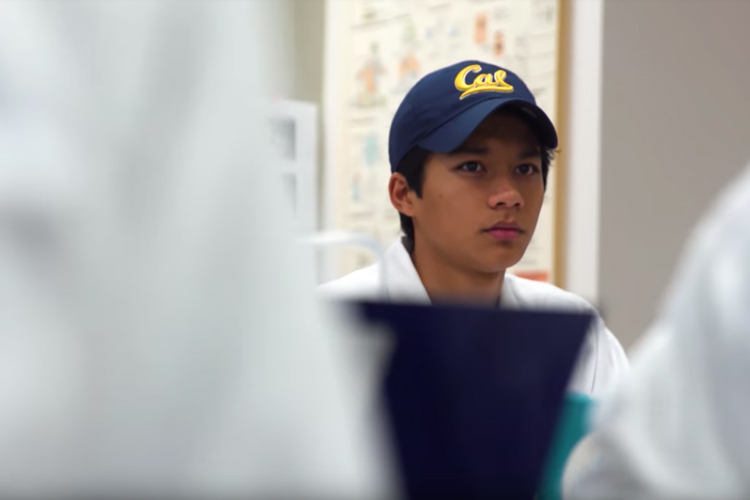Only at Cal: New class teaches undergrads how to ‘CRISPR’
Where better to learn about CRISPR gene editing than the place where it was born? UC Berkeley.

August 21, 2018
This summer, 30 undergrads spent three weeks learning how to use CRISPR to edit genes.
What better place to learn to edit genes than the place where CRISPR-Cas9 gene-editing was invented: UC Berkeley.
For three weeks in July and August, 30 undergraduates took a summer course to learn how to use the revolutionary gene-editing technology in preparation for jumping into the research lab while still students.
The course, which will be offered again next summer to UC Berkeley undergrads, involved hands-on lab work and is the most comprehensive introduction to the tool at any college anywhere.
“By walking students through designing an experiment, editing DNA and analyzing the results, students will leave the course equipped to apply genome editing in their own labs,” said Megan Hochstrasser, a Ph.D. scientist who helped initiate the course with colleagues Ariana Hirsh, Kevin Doxzen and Fei Lin, the instructional lab manager in the Department of Molecular and Cell Biology. Hochstrasser, Hirsh and Doxzen do outreach for the Innovative Genomics Institute, a CRISPR-centric research center formed three years ago by CRISPR inventor Jennifer Doudna, a professor of chemistry and molecular and cell biology.
The first week of the course was all about how bacteria came up with CRISPR millions of years ago to protect themselves from viruses, and how it works. In week two, the students programmed the Cas9 enzyme — the scissors — to cut a specific piece of DNA in a test tube: essentially the same experiment that Doudna and her UC Berkeley colleagues performed in 2012 that showed the world how easy it is to work with Cas9 and detailed all the parts needed.

A student pipetting in the summer course on CRISPR-Cas9 gene-editing. (Kevin Doxzen photo)
Finally, they tried the CRISPR-Cas9 system in living cells, specifically bacteria. They knew they had succeeded when the bacteria turned from red to green.
According to Hirsh, the course coordinator, the students were very excited to have found the course, the only one available in the country with such an in-depth CRISPR curriculum.
“Many had experience working in labs already, and were looking forward to applying what they learned in their labs or in future graduate degree research,” she said.
To give Cal undergrads their CRISPR fill during the school year, the IGI is offering a CRISPR journal club starting next month. Students will learn how to read papers and discuss the latest advances in CRISPR research, technology and applications.
And stay tuned. Pretty soon, almost anyone will be able to give CRISPR a try. IGI is hoping to package the course for other colleges and turn the red-to-green CRISPR experiment into a teaching kit for high schools, science centers and other educational institutions.